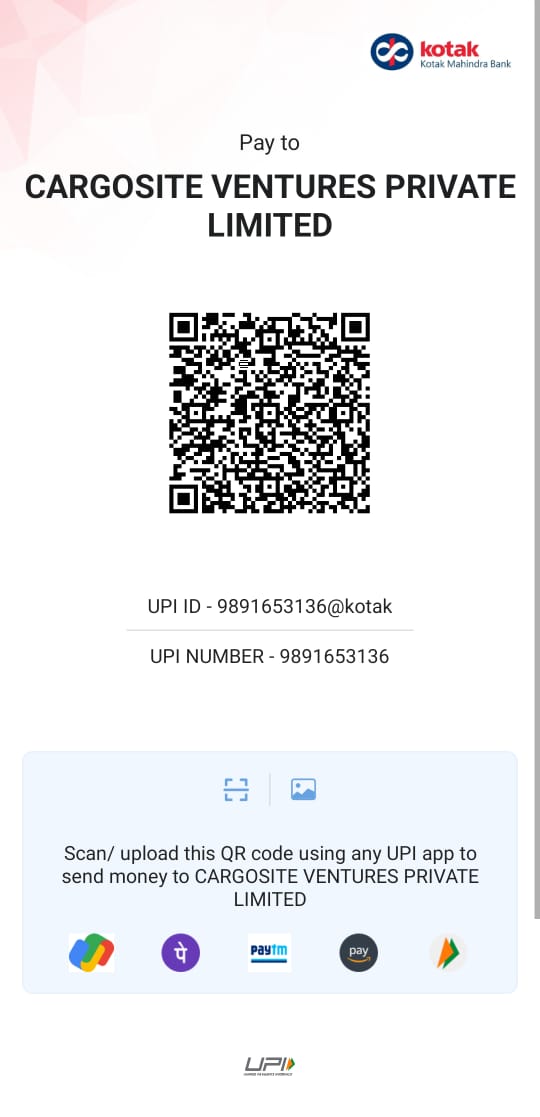For a customized and attractive quotation, please contact with your product details to Rekha Atri (+91 98118 03136) or Manju Laur (+91 9711994042).
Overview of IP-1 Registration:
IP-I license refers to a legal permit accorded by the Department of Telecommunication (DoT) to facilities intending to operate as telecom Infrastructure Providers of Category-I. IP stands for the Infrastructure Provider, a service provider whose infrastructure comprises passive telecom resources. Simply put, the IP-1 license holders deal with the renting/leasing/selling of telecom resources such as dark fibers, Right of Way, towers & duct space.
DoT keeps the tab on such resources so that nothing can stop the telecom industry from growing. Therefore, every service provider is mandated to issue standardised telecom resources to clients. DoT aims to strengthen the telecom sector by providing industries with quality telecom resources.



